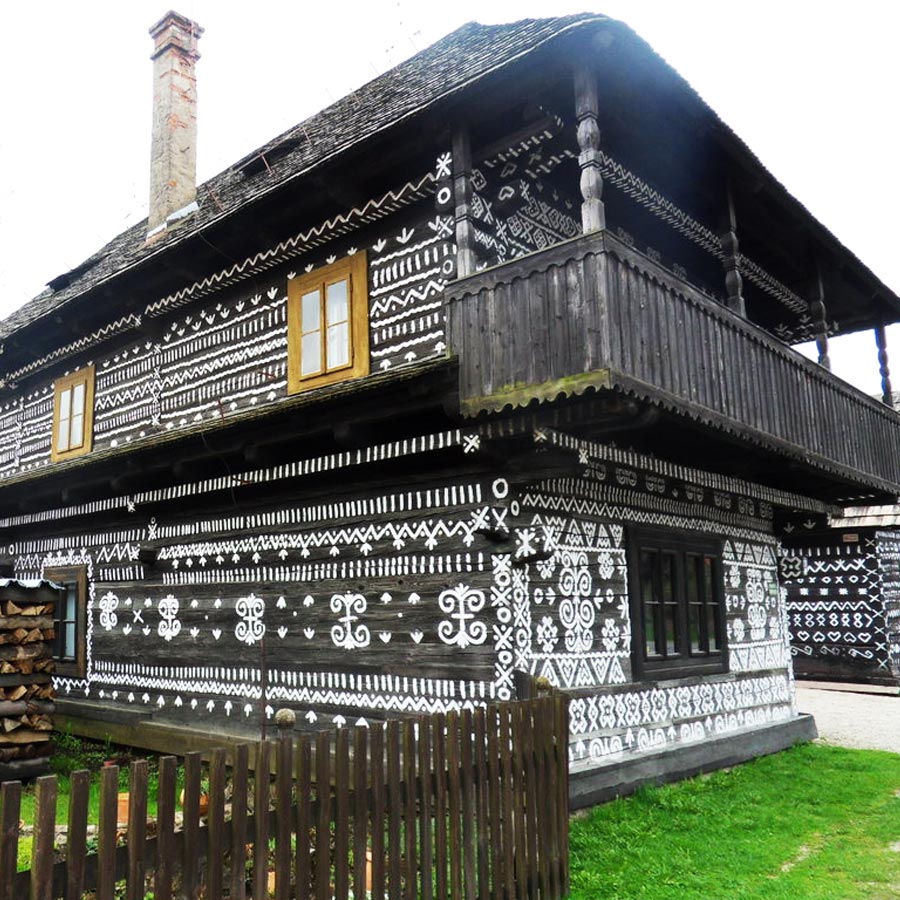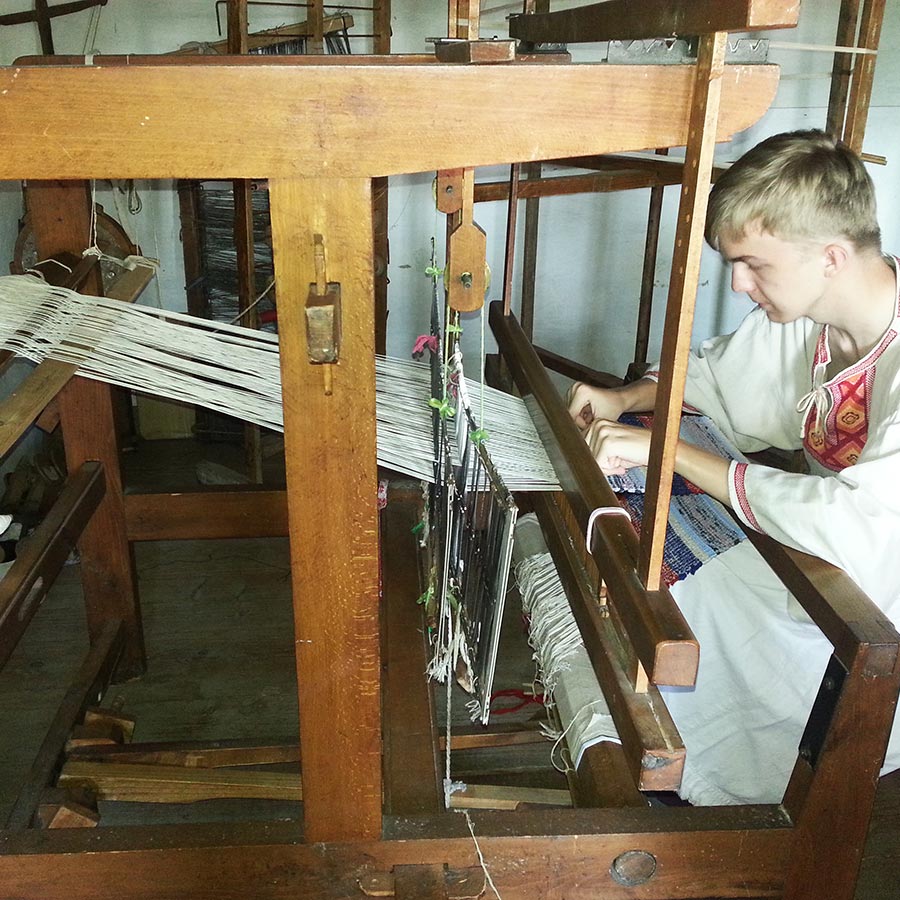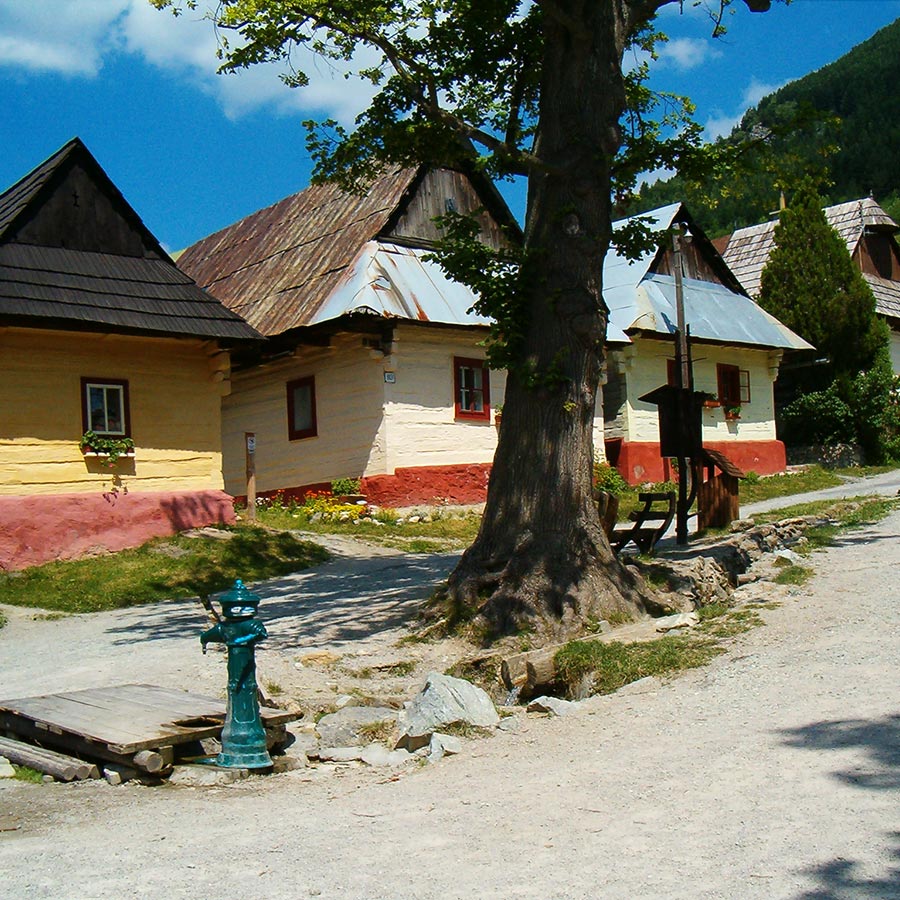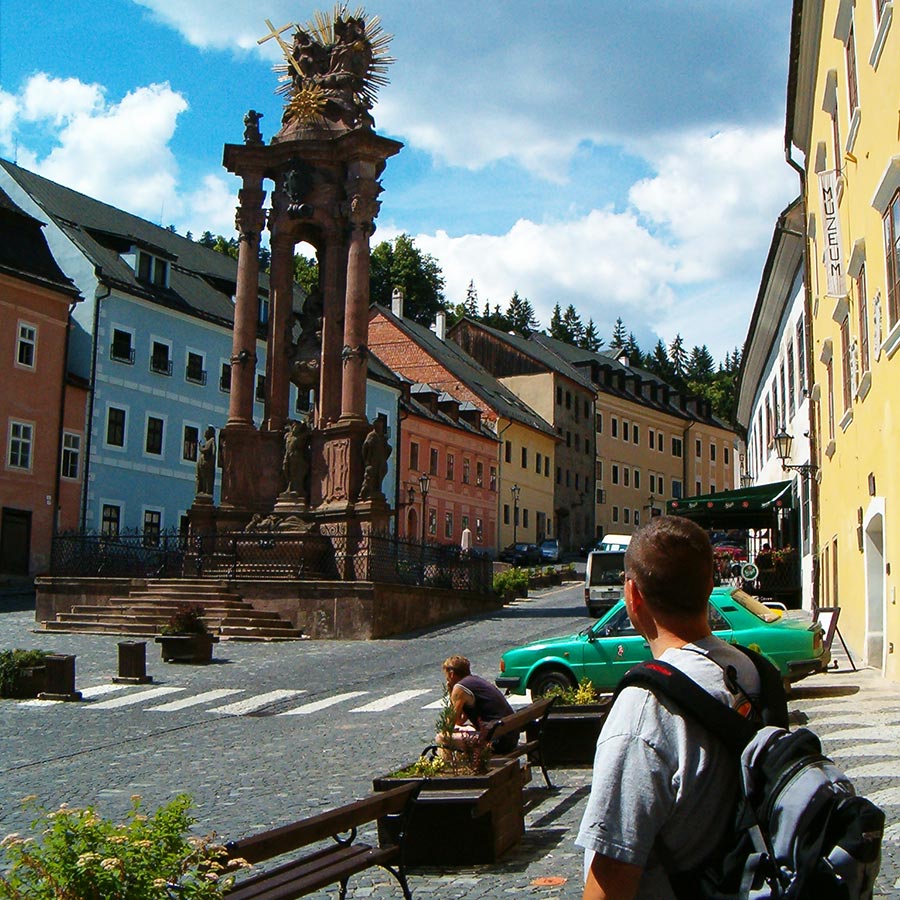Included
- Accommodation for 3 nights with breakfast in guest houses/hotels:
- 1 night in a 4* hotel, Martin
- 1 night in a stylish guest house, Zuberec
- 1 night in a 3* hotel, Banska Bystrica - Services of private English speaking guide for 4 days
- Admission fees to proposed sites (Cicmany exhibition, Museum of the Slovak village, Museum of the Orava village)
- Trip transport with pick up and drop off in Bratislava




